Becoming an Allied Health Professional
I am sure many of you might not have heard of the Allied Health Professionals (AHP), maybe you might have seen them working in a hospital or at the clinic or even rushing up and...
Filter by Category
Filter by Author

















































































































































































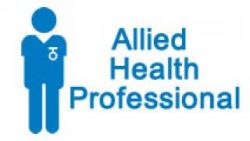
I am sure many of you might not have heard of the Allied Health Professionals (AHP), maybe you might have seen them working in a hospital or at the clinic or even rushing up and...
Posted by Damien O'Brien

Whilst this week’s lessons for students have been well attended and lovely to see, the restriction of only being able to bring some students into school means that the site still...
Posted by Claire Till

‘Brighton Rock’ (1938) by Graham Greene ‘Heaven was a word: hell was something he could trust.’ This fast-paced thriller is one of Greene’s most famous novels. It tells the tale...
Posted by Lynn Court
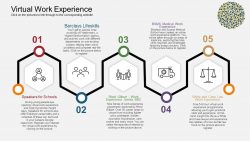
Hi all, I know I’ve spoken to a lot of you about cancelled work experience and virtual encounters that are starting to be offered by organisations and employers, and most of you...
Posted by Di Mcildowie
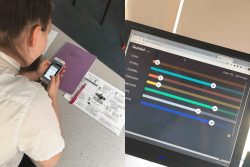
It was wonderful to welcome Year 10 Business Studies students into the classroom for some face to face teaching! Although seeing the students was a highlight, this occasion was...
Posted by Kashan Malik
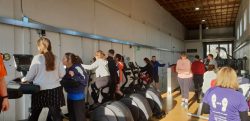
At Bushey Meads our hardworking and dedicated staff are without a doubt our most valuable resource. Every year they take part in a comprehensive annual survey which is carefully...
Posted by Jeremy Turner

At Bushey Meads we take the process of self-evaluation very seriously and use it as a powerful tool to create a positive climate of ongoing improvement. All major stakeholder...
Posted by Jeremy Turner

Over the past few weeks, our students have been working on the D&T monster project. They were asked to challenge themselves by creating their very own monstrous characters...
Posted by Niralee Pattni

It seems that so many aspects of our lives have taken a bit of a hiatus since we all started working from home, and creative writing club has been no exception. Obviously, our...
Posted by Sara-Luise Smith

I have emailed full details of this exciting opportunity to all students in years 11,12, and 13 if you are interested in finding out more information before you sign up please...
Posted by Di Mcildowie
I am sure many of you might not have heard of the Allied Health Professionals (AHP), maybe you might have seen them working in a hospital or at the clinic or even rushing up and down the A&E department.
We had the chance to attend the webinars from the ‘I See The Difference’ team, which is part of the Strategic Interventions in Health Education Disciplines (SIHED) programme. The SIHED programme is a £3 million, three-year initiative to help raise awareness of allied health disciplines.
So who are the Allied Health Professionals you might ask.
There are 15 different types of AHPs which are :
AHPs provide system-wide care to assess, treat, diagnose and discharge patients across social care, housing, education, and independent and voluntary sectors. Through adopting a holistic approach to healthcare, AHPs are able to help manage patients’ care throughout the entire course of their lives, from birth to palliative care. Their focus is on prevention and improvement of health and wellbeing, in order to maximise the potential for individuals to live full and active lives within their family circles, social networks, education/training and the workplace. There is currently a significant shortage of AHPs especially in orthoptics, therapeutic radiographers, podiatrists, and in the area of prosthetics and orthotics.
Let’s look at one of these roles in a little more detail. A therapeutic radiographer treats and cares for people with cancer, offering support while using highly advanced technology to target and destroy cancer cells with radiation. The role includes looking after patients, their families and carers during radiotherapy – answering questions, prescribing treatment for any side-effects and offering emotional support and a friendly presence. The treatment itself involves scanning patients, planning dosages with the help of complex software and using highly advanced equipment to deliver the treatment. It’s a therapeutic radiographer’s job to make sure the right quantity of radiation hits the target area – and as little as possible hits the patient’s healthy cells.
The ‘I See The Difference’ team has a very helpful website,helping you to find out the courses that might interest you plus it also helps with finding out which universities might do the course that you might be interested in. Typically an AHP course lasts for three years, and you can start working for the NHS. Later, you could also open up your clinic, if you are, for example, a podiatrist. This could also be a great backup plan for medicine if you are considering working as a healthcare professional.
Please have a look!
https://iseethedifference.co.uk/join-us-for-our-free-webinar-series-careers-in-allied-health/
Written by: Vanshita Mishra 12 Ash 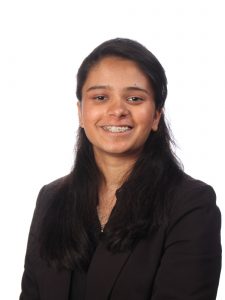

After listening to Head of House Miss Pattni it was great to hear some first hand feedback from Kyle who had clearly listened carefully to the inspiring assembly on Monday morning...